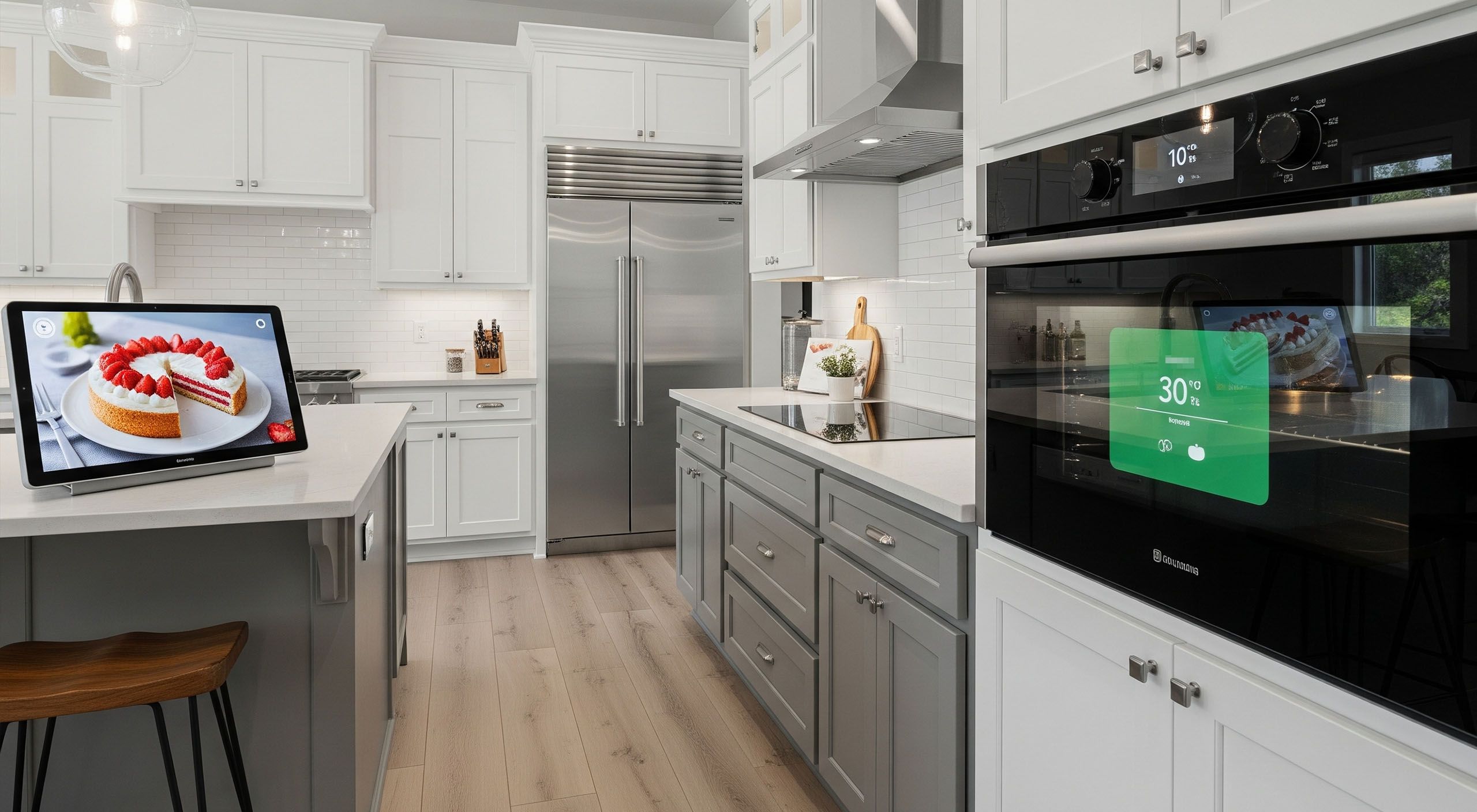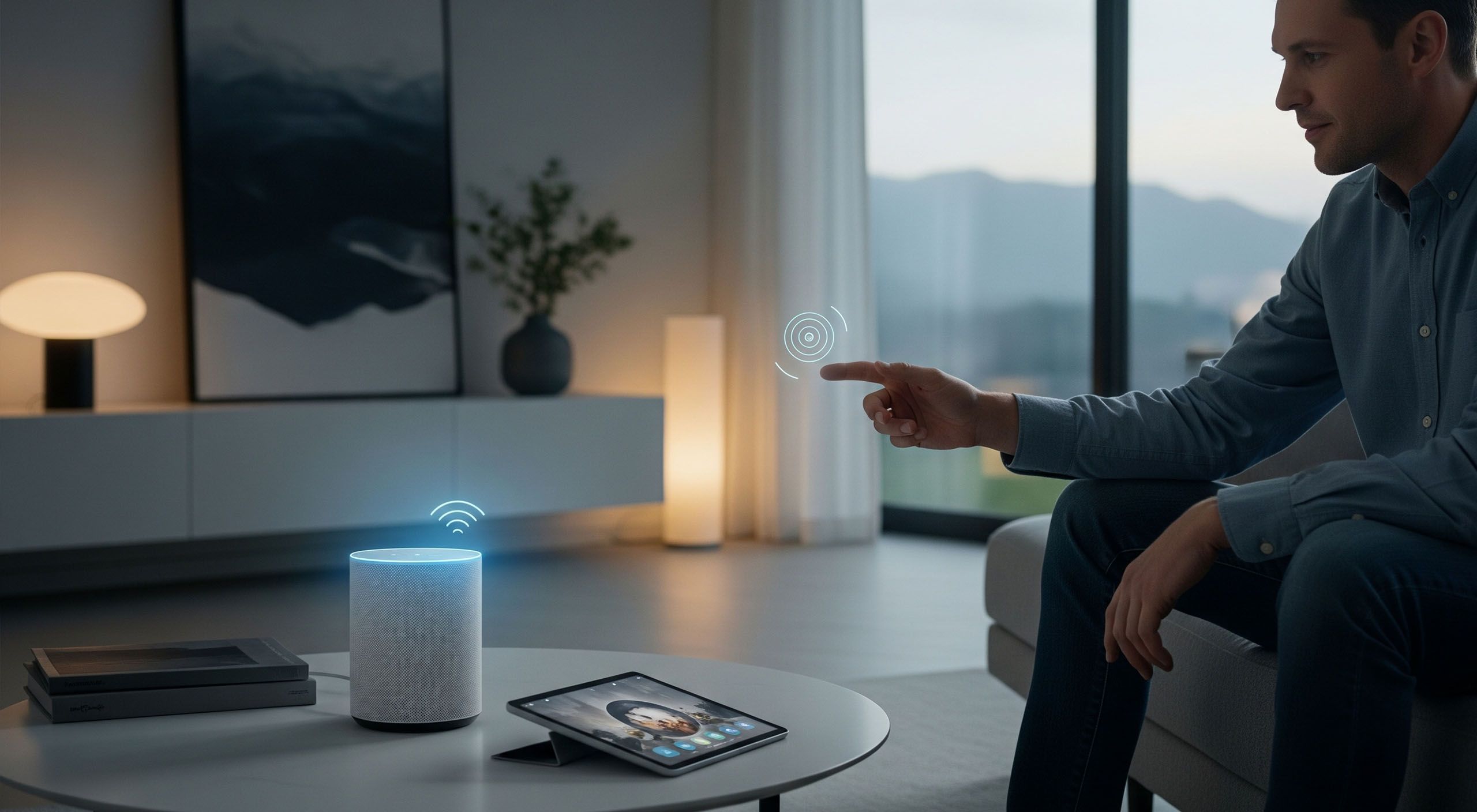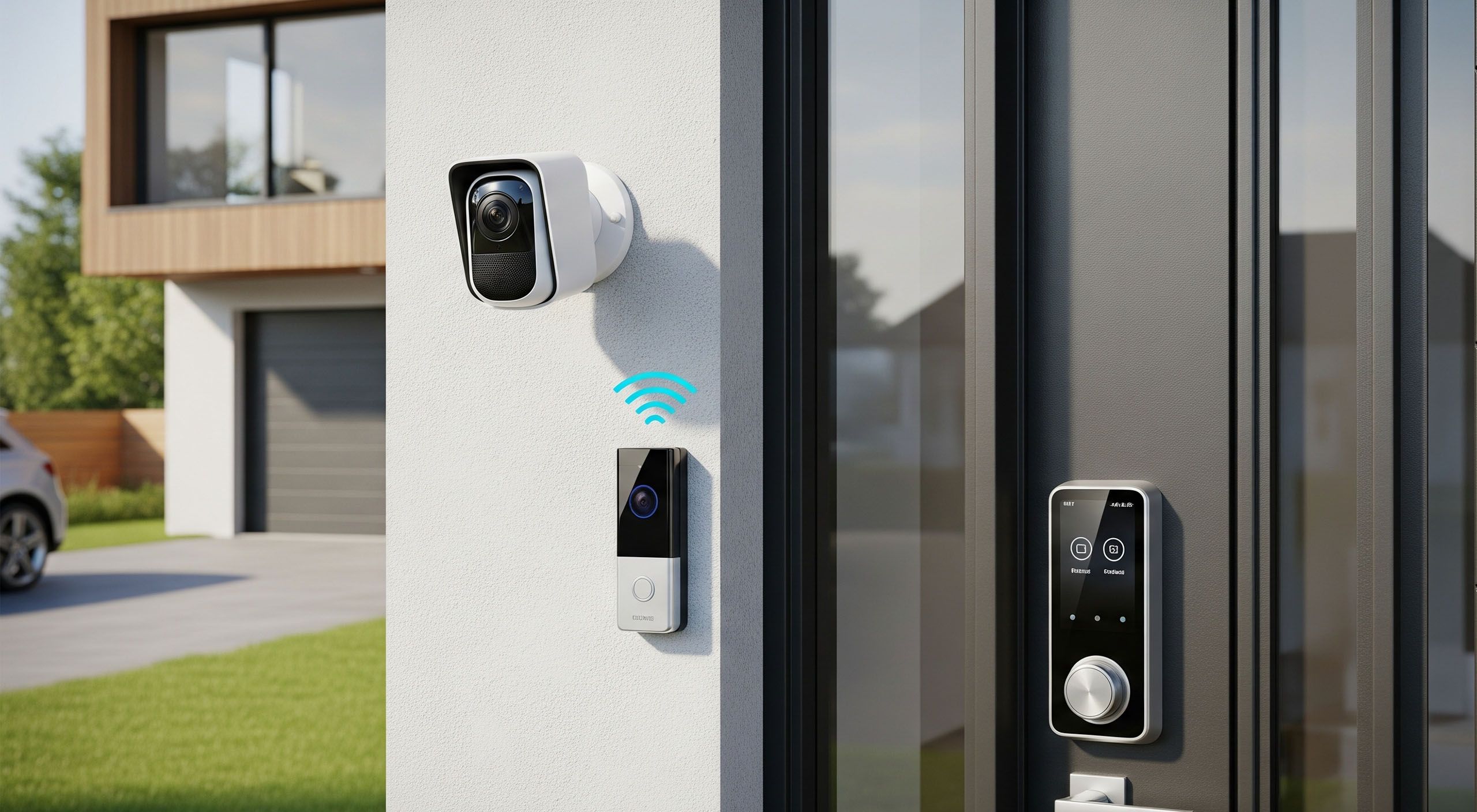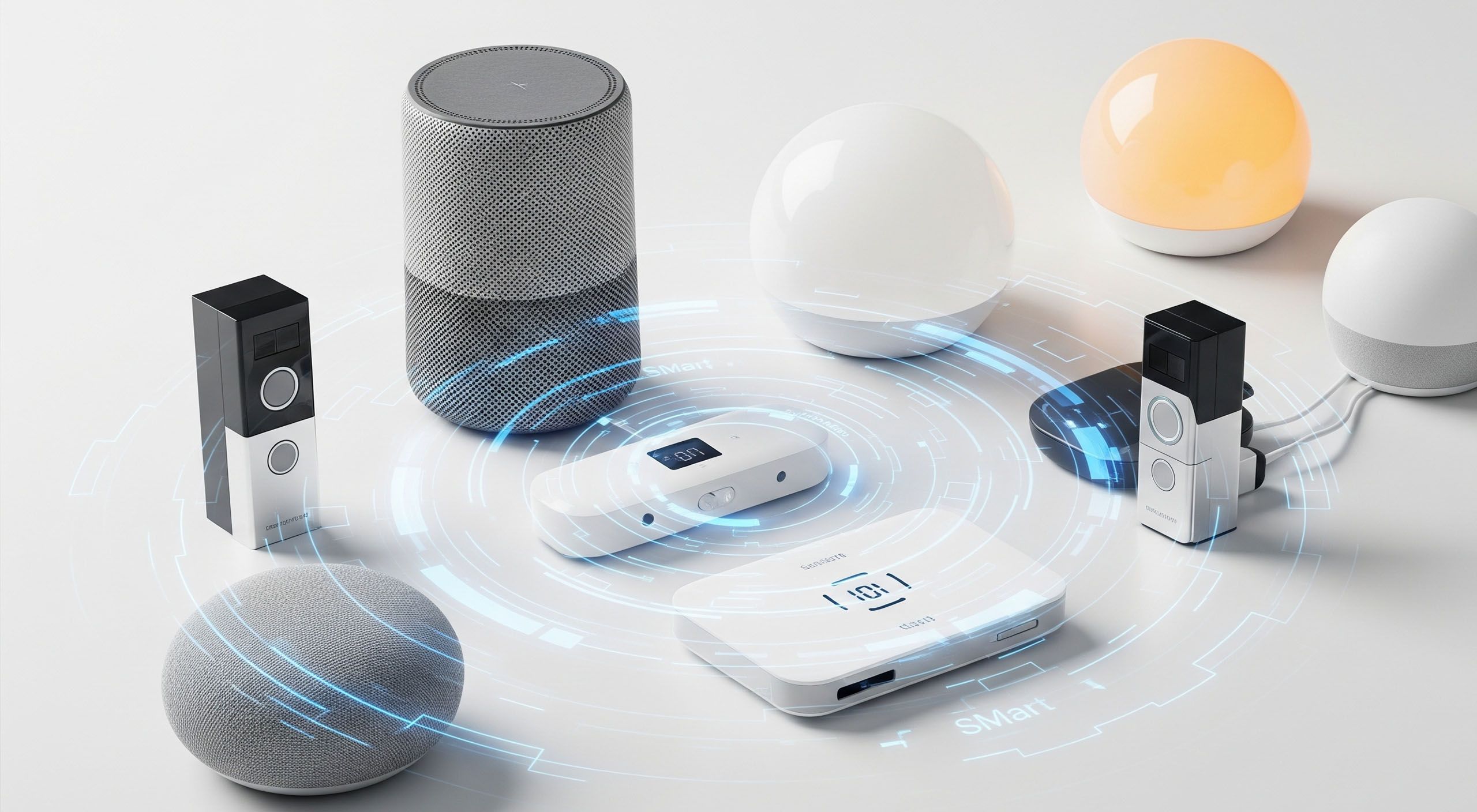How IoT is Making Homes Greener and More Energy-Efficient
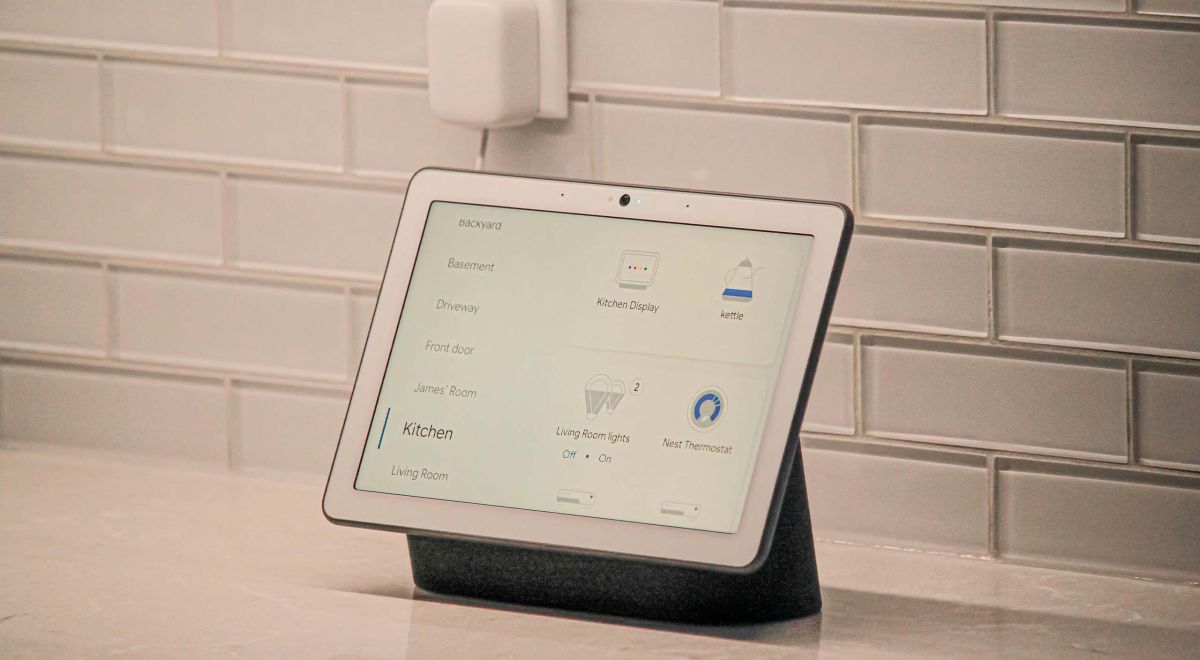
The Internet of Things (IoT) is revolutionizing how we manage energy in our homes, paving the way for greener, more sustainable living. By connecting devices like smart thermostats, meters, and appliances to the internet, IoT enables real-time monitoring, automation, and optimization of energy use. These technologies not only reduce environmental impact but also cut down on utility bills, making them a win-win for homeowners and the planet.
Smart Thermostats: Precision Climate Control
Smart thermostats, such as Nest or Ecobee, learn your daily routines and adjust heating and cooling accordingly. They use sensors and algorithms to maintain optimal temperatures, avoiding unnecessary energy consumption. For example, they can lower the heat when you’re away and warm the house before you return. According to the U.S. Department of Energy, properly using a programmable thermostat can save up to 10% annually on heating and cooling costs. Many models also provide energy usage reports, helping you identify patterns and make informed adjustments.
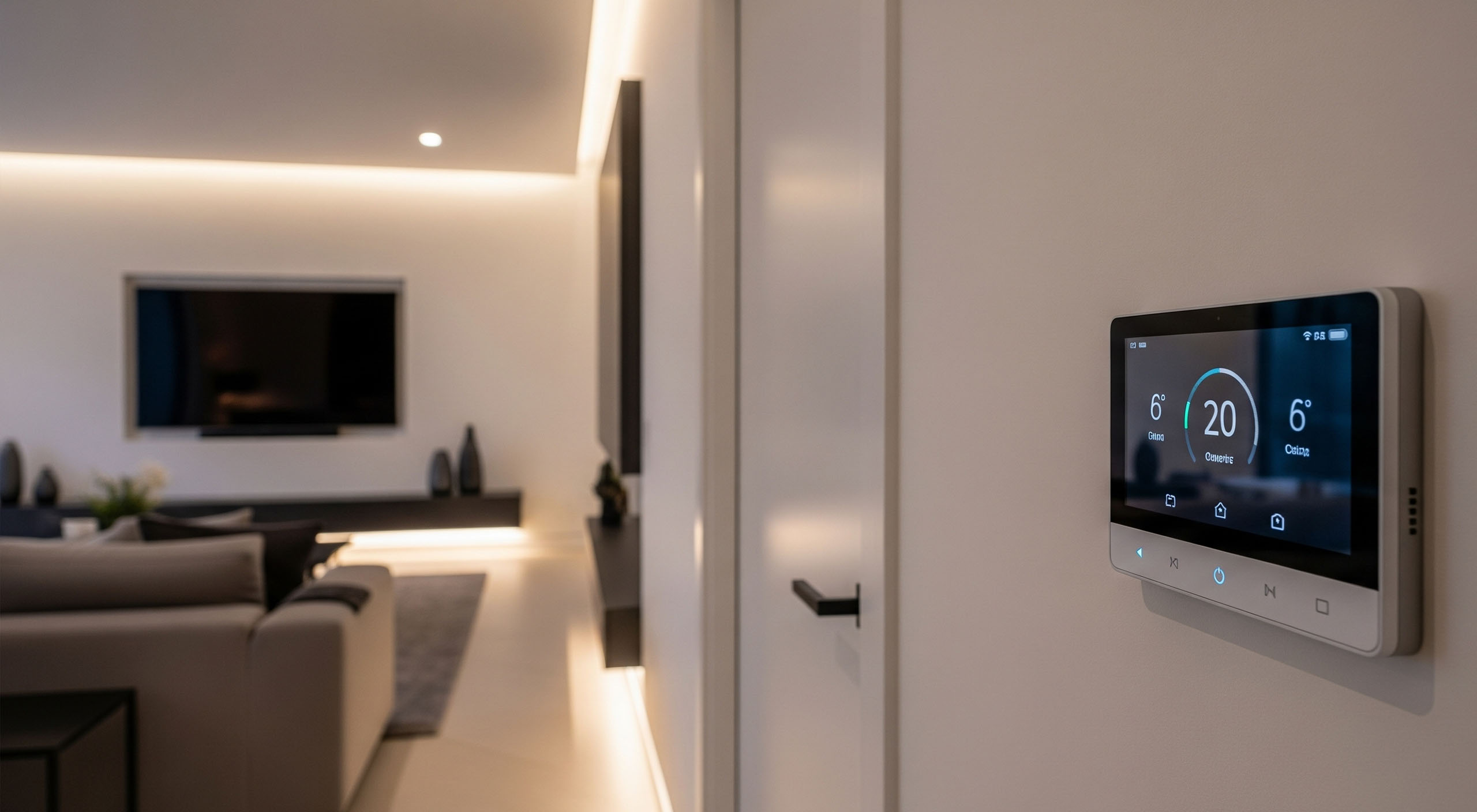
Smart Meters: Real-Time Energy Insights
Smart meters track electricity usage with precision, offering real-time data accessible via apps or web portals. Unlike traditional meters, they provide detailed insights into when and how energy is used, empowering homeowners to identify high-consumption devices or habits. For instance, you might discover that running the dishwasher during peak hours spikes your bill. By shifting usage to off-peak times, you can save money and reduce strain on the grid. Some utilities even offer incentives for reducing consumption during high-demand periods.
Smart Appliances: Efficiency Meets Convenience
IoT-enabled appliances, like refrigerators, washing machines, and water heaters, are designed to minimize energy waste. For example, smart washing machines can optimize water and electricity use based on load size, while smart refrigerators adjust cooling to maintain efficiency. These devices can often be controlled remotely, allowing you to schedule operations during lower-cost energy periods. Additionally, some appliances integrate with renewable energy sources, such as solar panels, to prioritize clean energy when available.
Broader Impacts of IoT in Homes
Beyond individual devices, IoT systems can integrate with home energy management systems (HEMS) to create a cohesive approach to efficiency. HEMS can coordinate devices to optimize overall energy use, such as syncing appliances with solar power availability or grid demand. This interconnected approach reduces reliance on fossil fuels, lowering carbon footprints. Moreover, IoT devices often receive software updates to improve performance, ensuring long-term efficiency gains.
Practical Tips for Homeowners
-
Start Small: Invest in a smart thermostat or plug to control high-energy devices like space heaters.
-
Monitor Usage: Use smart meter data to identify and eliminate energy-wasting habits.
-
Integrate Renewables: Pair IoT devices with solar panels or battery storage for maximum efficiency.
-
Check Incentives: Look for utility rebates or government programs that subsidize smart device purchases.
Challenges and Considerations
While IoT offers significant benefits, there are hurdles to consider. Initial costs for smart devices can be high, though savings often offset this over time. Data privacy is another concern, as connected devices collect usage information. Opt for reputable brands with strong security protocols to mitigate risks. Finally, ensure your home’s Wi-Fi network is reliable, as IoT devices depend on connectivity for optimal performance.
Thoughts
IoT technology is making homes greener by enabling smarter energy use through devices like thermostats, meters, and appliances. These tools not only reduce environmental impact but also lower utility bills, offering both ecological and economic benefits. By adopting IoT solutions, homeowners can take meaningful steps toward sustainability while enjoying the convenience of connected living.



